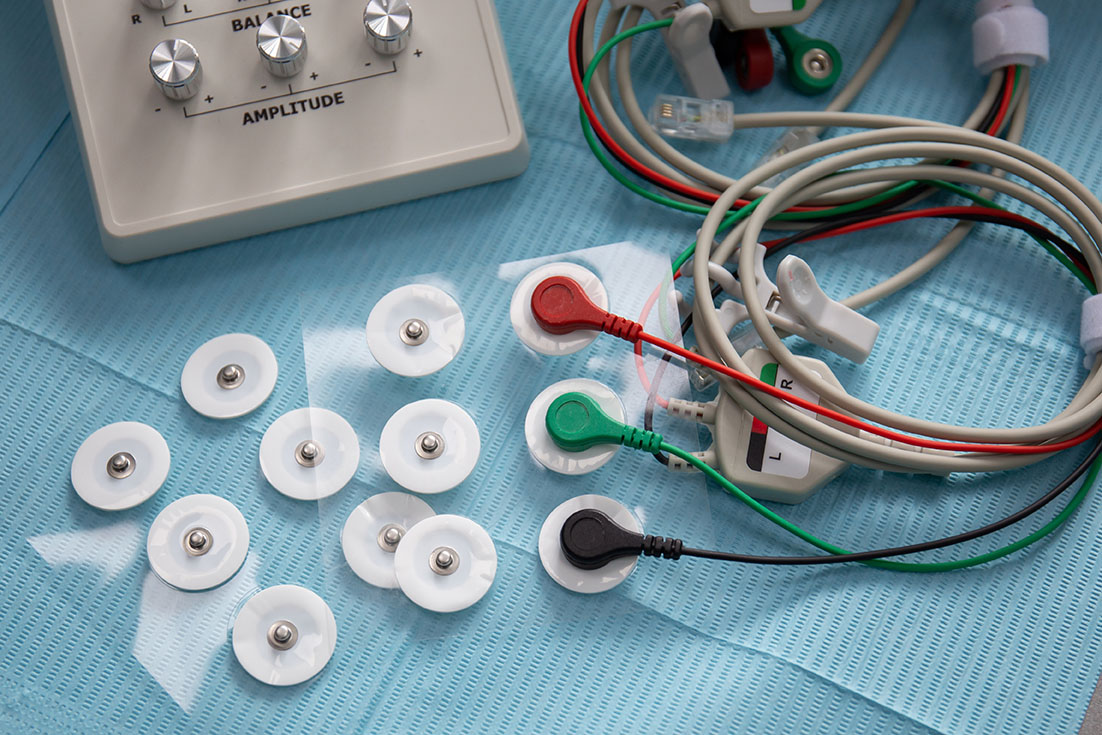
< Back
electrode
Definition
An electrode is a conductor that is used to make contact with a non-metallic part of a circuit. Electrodes are typically made of metals, but they can also be made of other materials, such as carbon or graphite.
Electrodes are used in many different devices, such as batteries, light bulbs, and electroplating baths. In a battery, the electrodes are the terminals that connect the battery to the circuit. In a light bulb, the electrodes are the filament that heats up and produces light. In an electroplating bath, the electrodes are the objects that are being plated with metal.
The type of electrode used in a device depends on the specific application. For example, in a battery, the electrodes are typically made of metals that have different chemical properties. This allows the battery to produce an electric current. In a light bulb, the electrodes are typically made of a material that can withstand high temperatures. This allows the filament to heat up without melting.
How can the word be used?
The anode is the positive electrode, and the cathode is the negative electrode.

Different forms of the word
Noun: electrode, anode, cathode.
Adjective: electrodetic.
Verb: to electrode.
Synonym: terminal, contact, connector.
Antonym: insulator.
Etymology
The word "electrode" comes from the Greek words "elektron" (amber) and "hodos" (way). Amber is a fossilized tree resin that can be rubbed to produce a static electric charge. The word "hodos" means "way" or "path".
Question
Where might you find an electrode being used?
AQA Science Exam Question and Answer
Question:
Explain the concept of an electrode and its importance in various electrochemical processes. Describe the role of electrodes in electrolysis and galvanic cells, including how they facilitate the movement of electrons and ions. Provide examples of everyday applications of electrodes, such as in batteries and electroplating, and their significance in modern technology.
Answer:
An electrode is a conductor through which electric current enters or leaves an electrolyte or a solution. In electrochemical processes, electrodes play a vital role in facilitating the movement of electrons and ions. In electrolysis, electrodes are immersed in an electrolyte, and when an electric current passes through them, they cause chemical reactions that split compounds into their constituent elements.
In galvanic cells or batteries, electrodes are essential components that facilitate redox reactions, generating electrical energy. During discharge, electrons flow from the negative electrode (anode) to the positive electrode (cathode), driving the cell's operation.
Electrodes are used in various everyday applications, such as rechargeable batteries that power our devices, electroplating to coat metals with a thin layer of another metal, and electrochemical sensors for medical and environmental monitoring.
Understanding electrodes and their role in electrochemical processes is crucial in developing new technologies, from renewable energy solutions to advancements in electronics and medical devices, revolutionising modern technology and improving our quality of life.